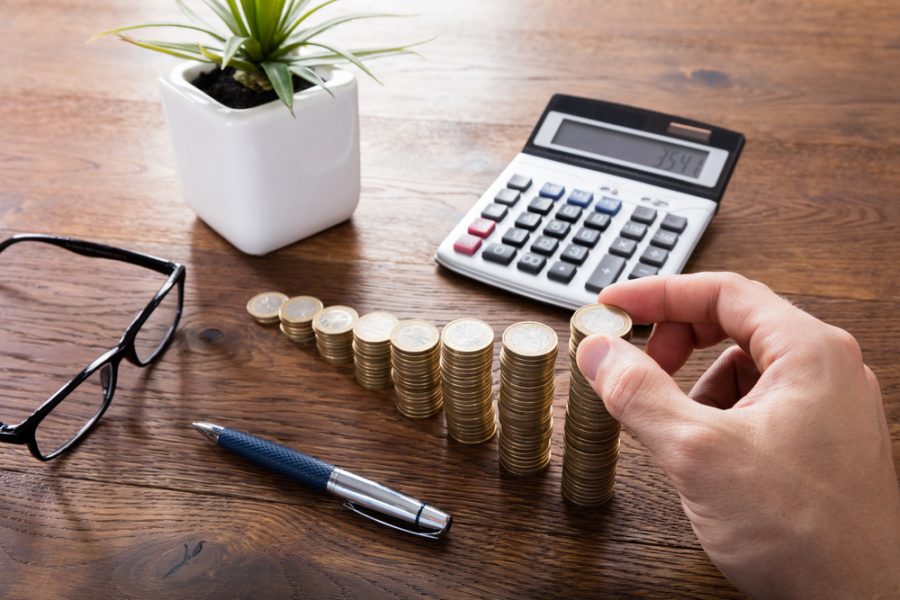The simplest way to calculate your rental yield is to divide the amount you paid for the property by the amount you’ll receive in yearly rent. For example, if you paid £100,000 for a flat and received £200 per week in rent, then your annual rental rate would be £10,400. This means your yield would be 10.4% (100,000 divided by 10,400). It’s a good idea to speak to a few letting agents to get a feel for rents, too.
If you’re speaking to a mortgage lender about a buy-to-let investment, then this is the rental yield that they normally talk about. It’s also generally the case when research discusses buy-to-let yields in towns or cities. This is what’s known as the ‘gross yield’. This means that it doesn’t take into account the costs associated with owning a property and renting it out to tenants or using a managing agent.
As such, although it’s helpful for landlords in providing a ballpark figure, its failure to account for costs is problematic. As such, you have to try calculate a ‘net yield’ which is sometimes also referred to as a ‘true yield’. This accounts for all of your costs and gives a more accurate reflection of the money you’ll receive.
Costs to consider and factor into your plans are:
Insurance premiums
The premium amount will vary depending on the size of the property, the property type and its location. Typically, however, it’ll probably take up between 2 and 3% of the rent, although this may also be higher if the property is furnished.
Replacing Broken Fixtures and Fittings
At the end of each tenancy, it’s likely there will be worn out fixtures and fittings. You’ll also need to factor in the need to re-paint every few years, too.
Maintenance
You’ll also need to factor in maintenance costs. The type, age and condition of the property will all affect the level of maintenance required, so keep this in mind when selecting your property
Ground Rent
If the property is leasehold then you’ll also have to factor in ground rent and service charges.
Empty Periods
There’s a good chance that your property won’t always be occupied. Periods without tenants are known as ‘void periods’ as there’s no rent coming in. Factor in this possibility, and even account for as much as a month’s rent just in case. If you buy well and set the rent appropriately, hopefully this won’t be a problem for long.
Agent Fees
If you use a letting agent or a managing agent, you’ll have to pay a fee. This could include marketing, advertising, property management, referencing and inventories. It depends how much you’re asking the agent to do, but it can range from just 4% to almost 20% in some areas of the country.
Of course, the largest sum will probably be your mortgage. Competitive deals are now available, but you’ll need to put up around 10% of the property’s value as a minimum; although even these are rare. Even the deposit amount comes at a direct cost to you, so remember that.
Finally, also remember that some of these can be claimed back against your tax bill, but it’s still wise to take them into account. Likewise, although you can offset mortgage interest against tax on rental income, anything above that will be taxed at income tax rates. We’ve published an in depth guide about tax for landlords, so it’s well worth reading it before you get started. This way, you’ll know how your income will be taxed.
However, all of this is worthwhile. Once you’ve deducted all of these costs, you’ll have found your ‘net yield’, with the costs deducted from your rental income. So, if you divide this into the value of the property, including all the costs associated with buying the property, you’ll have the net rental yield.
Calculating a yield can be a complex process and it’s different for each of your properties. Also remember to check and reassess this amount regularly as it’s likely to change if you alter the level of rent or pay some money off your mortgage.
Source: www.homelet.co.uk

